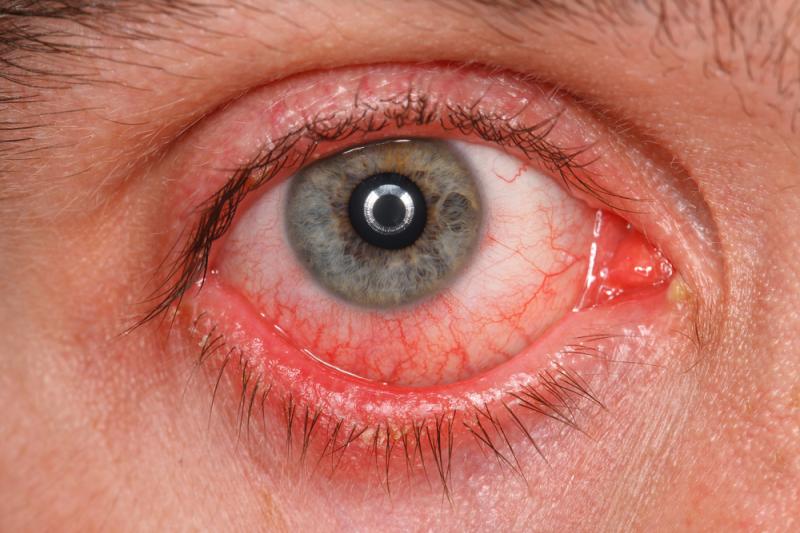
Use of Rose Bengal photodynamic antimicrobial therapy (RB-PDAT) in the adjunct setting shows promise in the management of severe, progressive infectious keratitis prior to a therapeutic keratoplasty, according to the results of a pilot trial.
A total of 18 patients (age range, 17–83 years; 61.1 percent female) with progressive infectious keratitis unresponsive to standard medical therapy underwent RB-PDAT at a single institution. RB-PDAT involved the application of a Rose Bengal solution (0.1% or 0.2% RB in balanced salt solution) to the de-epithelized cornea for 30 minutes, followed by irradiation with a 6 mW/cm2 custom-made green LED source for 15 minutes (5.4 J/cm2).
Acanthamoeba was the most common microbe detected (10/17; 59 percent), followed by Fusarium spp. (4/17; 24 percent), Pseudomonas aeruginosa (2/17; 12 percent) and Curvularia spp. (1/17; 6 percent); one patient had no confirmed microbiologic diagnosis. The chief clinical risk factor was contact lens wear (79 percent).
Prior to first RB-PDAT, the average area of epithelial defect was 32 mm2, while the average stromal depth hyper-reflectivity quantified via anterior segment optical coherence tomography was 269 μm.
RB-PDAT led to avoidance of therapeutic keratoplasty in 72 percent of patients. The average time to clinical resolution (defined as reduction in pain and inflammation with re-epithelization and infiltrate resolution) was 46.9 days. Duration of follow up after RB-PDAT was 13.3 months.